Artemis, one of the most honored and worshipped deities, was associated as the goddess of the hunt, virginity, childbirth, and moon.
She was the Olympian goddess who would protect a young girl until her marriage.
The Greeks honored her and had numerous temples and cults dedicated to her. She was depicted as a girl with a quiver of arrows and a hunting bow.
Like other Greek female deities, Artemis, too, had numerous interesting facts about her life and existence. Here is the list of the top 10 interesting facts about Artemis with details.
10. Artemis was the Goddess of hunt and Moon
Content
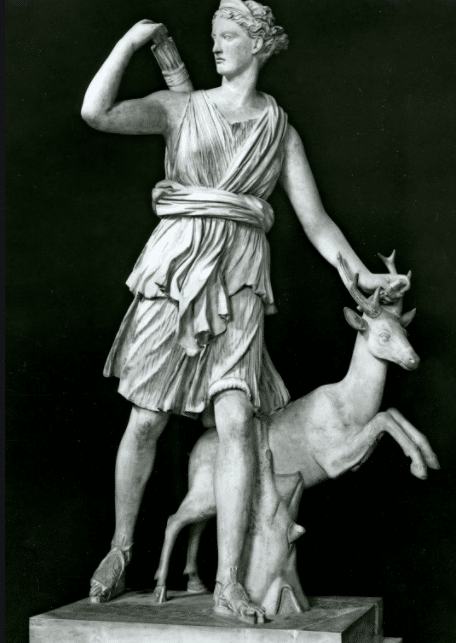
Artemis greatly contributed to multiple fields or genres and was honored with several titles, including Goddess of the Hunt, the Wilderness, Wild animals, the Moon, and Chastity.
Her childhood was spent mostly wandering in the jungle, mastering hunting. She is interpreted as a “great mother of nature,” the Goddess of the hunt and the wilderness.
Another important association was as the Goddess of the moon. The hunting was mostly done during the nighttime compared to the day, and the need for the moonlight was basic. She would fulfill the need for the light and be honored as the goddess of the moon.
9. Artemis was one of the primary goddesses of childbirth and Midwifery.

Childbirth and pregnancy was a widespread and important event in Ancient Greek Religion.
That’s why several deities, including Artemis, were associated with it. Artemis and her twin brother Apollo were Zeus, the king of gods, and Titaness, Leto.
When Hera, the sister-wife of Zeus, knew that Leto was pregnant with Zeus’ children, she cursed Leto. The curse was that Leto would not find a solid ground or an island on earth to give birth to her children.
Leto struggled and wandered all over Greece, searching for a place to give birth to her children until she found Delos. Delos was a barren and floating island that Zeus had arranged.
The first delivery was for Artemis, and it was painless. But when Leto was ready for Apollo’s delivery, Hera abducted Eileithyia, the Goddess of childbirth. Nobody was there to assist Leto at the second delivery until Artemis came at the front.
Artemis, who was born first, played the role of a midwife at Apollo’s delivery in the absence of Eileithyia. Thus, Artemis was worshipped as one of the primary goddesses of childbirth and Midwifery along with Eileithyia.
When Artemis and Apollo grew up, they took revenge against those who troubled their mother. They wanted to retain Leto’s respect at Mount Olympus, which was once snatched from her.
8. Artemis was a member of the Twelve Olympians.

Artemis was one of the Twelve Olympians who abode at Mount Olympus. People worshipped those Twelve Olympians as the major deities of the Greek pantheon.
They were the third or fourth generation of immortal beings in ancient Greek Religion. The Olympians struggled hard for ten years, known as Titanomachy, and became the world’s supreme deities.
Zeus was the leader who led his siblings and won over Titans, who were the ruling deities at the time. Though many residents lived at Mount Olympus, only twelve were counted as the most important ones.
Those twelve Olympians were the children of Titans, Cronus, and Rhea and the main offspring of Zeus. They were Zeus, Hera, Poseidon, Demeter, Athena, Apollo, Artemis, Ares, Hephaestus, Aphrodite, Hermes, either Hestia or Dionysus.
As Artemis was the daughter of Zeus and was the Goddess of hunt and wilderness, she had saved her place among the twelve Olympian Gods.
7. Artemis was amongst the major three virgin goddesses.
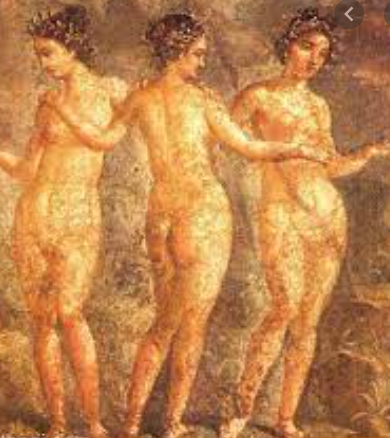
The virgin goddesses or Maiden goddesses symbolize the idols who never marry or bear any children. Three major virgin Greek goddesses were Artemis, Athena, and Hestia.
Being the Goddess of virginity may be contrary to the role as a goddess associated with childbirth for Artemis. The idea of Artemis as a virgin goddess refers to her primary role as a huntress.
In ancient Greek, hunters or huntresses believed that the sex prior would scare off potential prey. This led them to keep themselves away from eroticism to conduct the hunt as a form of ritual purity.
Artemis was a perfect idol for virginity and was worshipped for her virginity which was a prerequisite to marriage.
The idea of virginity associated with Artemis is not limited only to asexuality or chastity. But it symbolizes her iron-like determination, pride, maturity, power, and independence, equivalent to that of male gods.
Artemis had never fallen for someone until Orion came. But she did not lose her innocence to him and preserved it forever. She drew the interest and attention of many gods and men. But they remained as only her hunting companions.
6. The Temple of Artemis at Ephesus was among The Seven Wonders of The Ancient World.
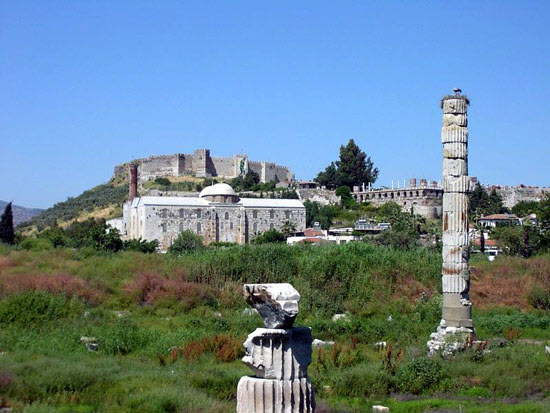
The Goddess Artemis was widely celebrated and revered in Ancient Greece. Artemis was worshipped at the Temple of Artemis in Ephesus, where she was represented as the many-breasted Lady of Ephesus.
The Temple of Artemis was also known as Artemision. And it was under reconstruction twice due to frequent attacks. When the Temple of Artemis was in its final form, it was considered one of The Seven Wonders of The Ancient World.
The Seven Wonders of The Ancient World refer to the Great Pyramid of Giza, Temple of Artemis at Ephesus, Hanging Gardens of Babylon, Statue of Zeus at Olympia, Colossus of Rhodes Mausoleum at Halicarnassus and Lighthouse of Alexandria.
The first or the earliest version of the temple refers to the period of the Bronze Age. In the 7th century BCE, a flood had destroyed the temple, and its reconstruction continued for ten years.
Again an anonymous person had fired the temple in 356 BC, and reconstruction started in 323 BCE. Then reconstruction lasted for many centuries. During the second version, the Temple of Artemis at Ephesus was declared one of The Seven Wonders of The Ancient World.
5. Ten wishes that Zeus grant to Artemis.
According to a poem by Callimachus, Artemis had asked her father, Zeus, to grant her ten wishes while sitting on his knee. Her wishes were:
- Always staying a virgin
- Having several names so that she could be different from her brother Phoebus (Apollo)
- Having a bow and arrow made by the Cyclopes
- Being the Light Bringer or Phaesporia
- Having a knee-length tunic for hunting
- Having sixty daughters of Okeanos. All daughters to be nine years of age to become her choir
- Having twenty Amnisides Nymphs as handmaidens to watch her hunting dogs and bow while she rested
- Ruling all the mountains, hills
- Being assigned to any city and travel only when summoned by birthing mothers
- Having the ability to help women in childbirth’s pain
4. Festival of Artemis in Brauron and the Festival of Amarysia were held in Artemis’ honour.
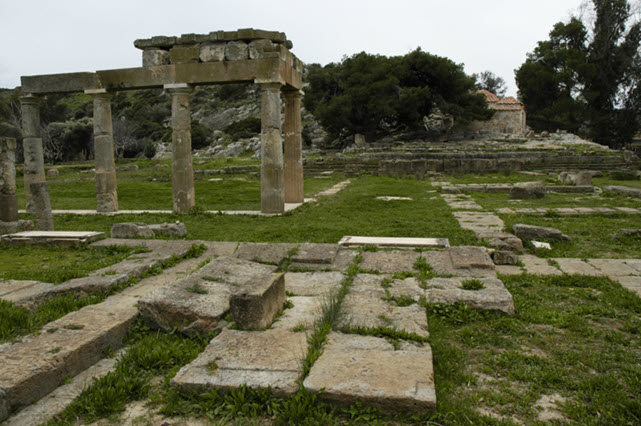
Several festivals were dedicated to Artemis in Ancient Greece. But the Festival of Artemis in Brauron and the Festival of Amarysia were the most important.
The Festival of Artemis in Brauron or Brauronia was held every four years, but later on, it became annual. Adolescent girls aged between five and ten were active participants in the festival. Girls were sent to the sanctuary of Artemis at Brauron to serve the Goddess for a year.
The festival, Brauronia, was started for one reason or an incident. According to Greek Mythology, a bear used to visit the town of Brauron regularly.
Once, a girl from the town of Brauron teased that bear. Then a bear ended up killing that girl.
When the brothers of that girl knew the incident, they also killed the bear for vengeance. As Artemis loved wild animals, the incident enraged her. She demanded the young girls from Brauron act the bear to make amendments for the bear’s death.
Thus, the young girls used to wear saffron robes to symbolize the skin of bears. People called those girls little Does during the period of servitude.
These young girls also performed a dance called arkteia to honor the Goddess. They had slow and solemn steps in the performance to imitate the movements of a bear.
3. Artemis was also part of the Trojan War.
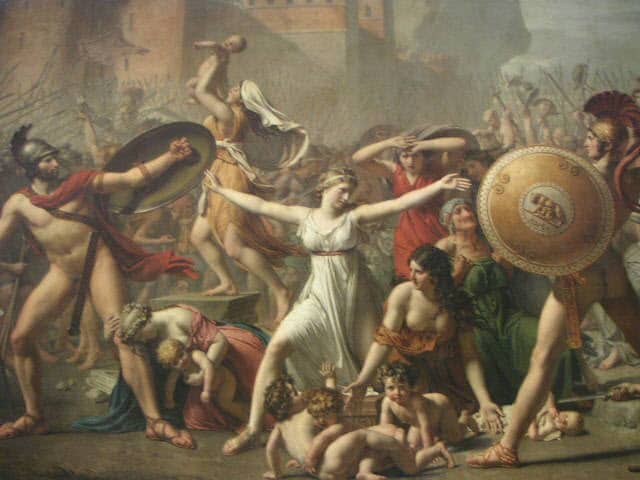
Artemis also had some influence over the Trojan War of Homer’s Iliad. She played a minor role as “the archer goddess” in the war. She had supported Trojans and healed Aeneas when he got wounded by Diomedes in the war.
A notable episode had come for Artemis as the participant in the Trojan War when she punished Agamemnon. Agamemnon had killed one of her sacred deer. He also boasted that he was a better hunter than the Goddess.
Those incidents made Artemis angry, and she becalmed the wind before the war was about to begin. A seer, Calchas, advised Agamemnon to sacrifice his daughter, Iphigenia, to appease Artemis.
Thus, Agamemnon offered his daughter for sacrifice, but Artemis felt pity for Iphigenia. So Artemis replaced Iphigenia with a deer for a sacrifice. And she made Iphigenia a priestess at her sanctuary at Tauris.
2. Artemis had a chariot driven by five huge golden-haired deers.
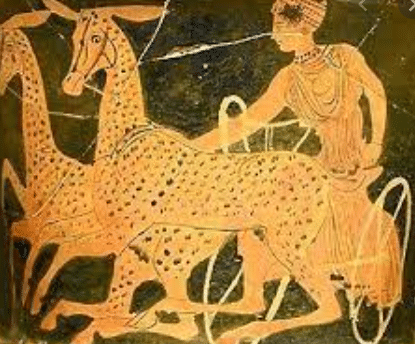
Artemis, while traveling around, used a chariot pulled by five golden-haired deer. She carried a bow and arrow for hunting and used the four hunted deers’ heads in her chariot.
However, she freed one of the five deer, which were used to escort her everywhere she went. It was her sacred deer and was known as the Ceryneian Hind deer.
It was the Hind’s shining antlers that made Artemis befell in love with the creature. Artemis held antlers as her sacred attribute. Because of shiny and golden antlers, Ceryneian Hind was considered Golden Hind. Hind could outrun a flying arrow, and that made it special among the five deers.
Besides deer, Artemis also had sacred attributes like bow, arrow, quiver, hunting knives, Moon, and cypress.
1. Artemis was known as Diana in Ancient Roman Religion
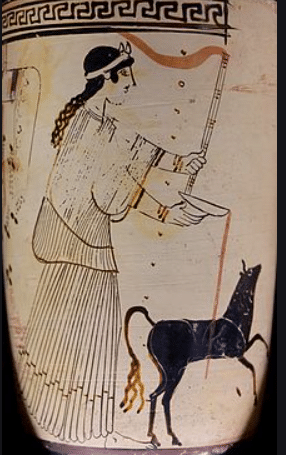
The Greek Goddess Artemis and Roman Goddess Diana share many attributes. They are equivalent in the ability, role, and contribution in their respected Religion.
Diana was born as the daughter of Jupiter and Latona. She was also born on the island of Delos, and coincidentally she had a twin brother, Apollo.
According to Roman Mythology, Diana was believed to be the Goddess of the countryside, hunters, crossroads, and the Moon. She was also the Goddess of the wilderness and a patroness of the hunters.
Roman poet Nemesianus describes Diana carrying a bow and a quiver full of golden arrows. A deer also accompanied her.
Like Artemis, Diana was associated with fertility, childbirth, and women’s protection during labor. It means that she was the virgin Goddess.
The above all refer that Greek Religion had a profound impact on Roman Religion. So Diana is Artemis of the Roman version.
Conclusion
Artemis was the Goddess of multiple genres and performed her best to keep an equal position to Olympian gods. Her impression was so heavy that her temple (the Temple of Artemis) was listed on “The Seven Wonders of The Ancient World.”
Though Artemis had a minor role, she had participated in the Trojan War. These are my favorite parts of the listed facts. Which part do you feel interesting from the above facts about Artemis? Fill your thoughts in the comment section.
